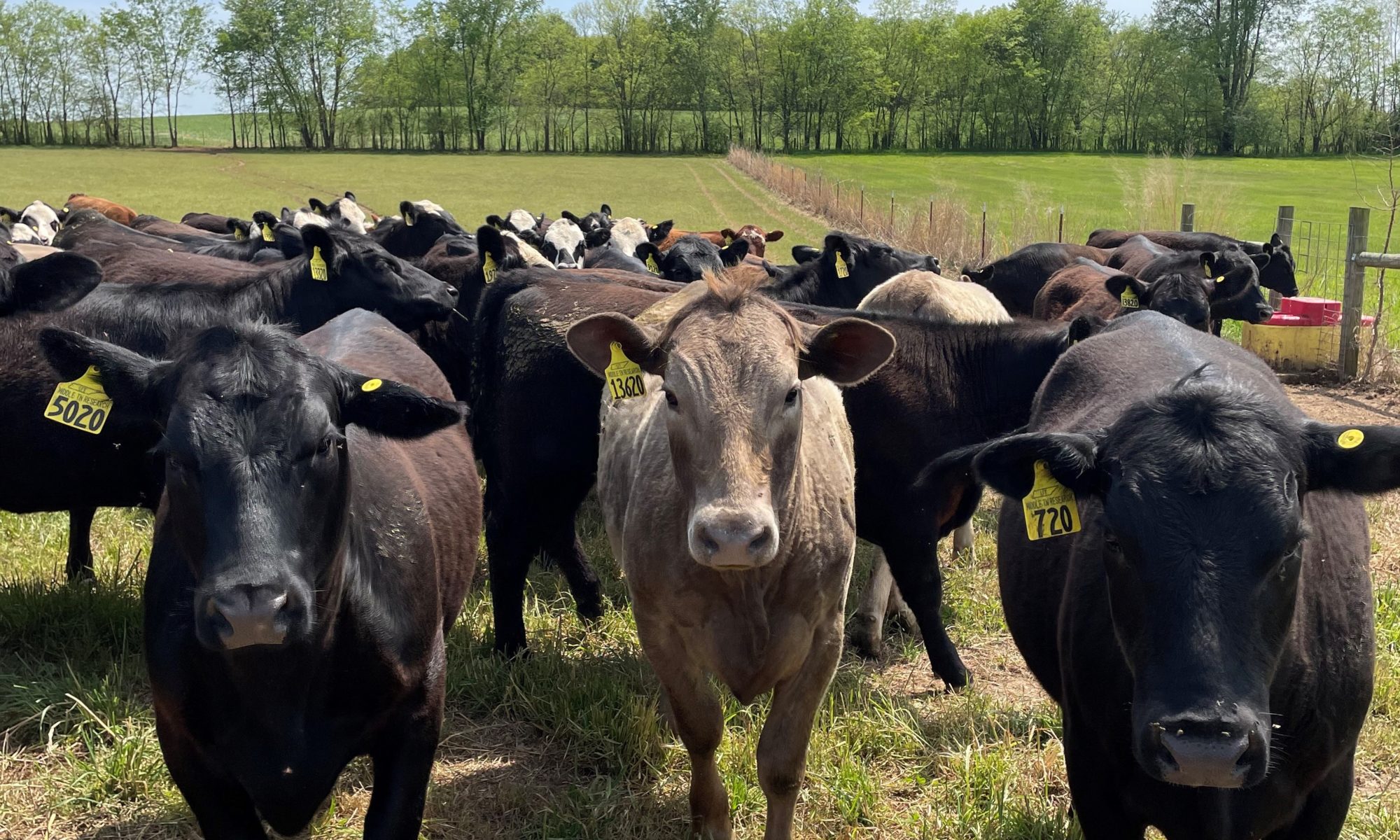

Dr. Andrew Griffith
Assistant Professor
Department of Agricultural and Resource Economics
P: 865-974-7480
When a person does something out of order, it is common to hear the saying that the person “got the cart before the horse.” There are some things in life in which there is a correct order, but there are other things in life in which the prescribed order is up for interpretation. For instance, a person planning to run a marathon should train prior to race day instead of the days following the race. Alternatively, a person hosting a party can either invite guests prior to the completion of the planning process or after the planning process is completed. The key element to most situations is that there is a well-defined plan ready to be executed.
The topic of planning is important for established operations, beginning operations, and operations that are simply an idea or a dream in a person’s mind. However, every operations plan may not take the same route or steps due to differing objectives or the fact that opportunities and resources do not align. Though plans may not be exactly the same, there are key components that must be part of each farming plan.
Two key components of a farm plan are a production plan and a marketing plan. However, many people do get the cart before the horse in the planning process. Most people will start with a production plan and finish with the marketing plan. This often leaves the operation with a product on hand and no good way to market the product. In the cattle business, there has always been a method to market cattle if something was produced. However, it does not mean the animals produced were marketed at their highest value or in a manner that achieved the goals of the operation.
Starting with the commercial cow-calf producer, bulls breed the cows and the cows produce calves that can be marketed straight off the farm, through a regularly scheduled auction, through a special sale, or a number of other methods. However, the marketing plan started the day cows and bulls entered the herd based on breed and quality of animal. The marketing plan continued when the cows were exposed to the bull, because this now determines the cycle for calving, weaning, and eventually selling the cattle. The marketing plan is further entrenched in production if the producer decides to background or finish the cattle. All of these factors eventually influence the final value of the animals sold, which influences profitability. A similar process would hold for a stocker/backgrounding operation.
Seedstock producers have to be even more forward thinking than the commercial cow-calf producer. Seedstock producers must concern themselves with making mating choices based on what the market will desire two to more years down the road. For instance, there was a time when the market paid for short and fat cattle and then the market turned and paid more for large, lean, and growthy cattle. Today’s seedstock producers are challenged with balancing maternal characteristics and terminal characteristics all while producing a moderate sized animal that is efficient. Given the challenges of this balance, many seedstock producers will put more emphasis on one over the other, but instituting enough of the other traits to produce a more balanced animal. Focus on one over the other is a good thing from a production standpoint, because the seedstock producer can cater towards certain customer needs. If seedstock producers do not identify their customers and the needs of their customers then they could be left holding the bag and forced into selling their animals at a much lower value than originally anticipated.
This discussion could continue into other segments including producers focused on freezer beef and individual cuts. However, the point has been made that it is important to have a marketing plan in place prior to production, or profitability of the operation could be severely impacted. Marketing should not be an afterthought but rather the forethought, and marketing and production must complement each other. Their must be a buyer for the product being produced and that is no different in the cattle business. A person can produce Longhorns and Corrientes all day long, but they are probably better for the roping pen than they are for the feeding pen.